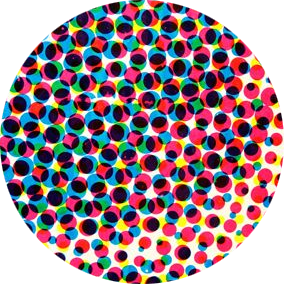An Introduction to Indigenous Representation in Comics

For the next couple weeks, Sequential Scholars will be exploring the historic representation of Indigenous peoples in comics artwork: the good, the bad, the modest gains, the breakthrough triumphs, and the disheartening setbacks. 1/8 #ComicsStudies

In his introduction to the scholarly anthology “Graphic Indigeneity,” Frederick Luis Aldama notes that, “Cultural phenomena by and about Indigenous identities, histories, and experiences circulate far and wide. However, not all such phenomena are made equal.” 2/8

Aldama overviews the many patterns and stereotypes that scholars have observed over the years, but also the emancipatory potential that the comics medium might have for representation of Indigenous peoples: 3/8

“These Indigenous creations and the many that are analyzed in this volume not only resist histories and reconstructions of Indigenous identities and experiences warped by the mainstream,” but also “clear new spaces for the articulation of possible, affirmative futurities.” 4/8

Comics and Indigenous representation have an important shared history through things like the Cowboy comics genre, which, of course, drew heavily on outdated stereotypes of Indigenous peoples, thus creating a certain entrenchment for Indigenous typology in comics. 5/8

At the same time, however, Indigeneity can be (but is by no means always) an embodied phenomenon, and comics’ capacity to explore embodied phenomena has been well-articulated in comics studies of race, sex, and disability. 6/8

Similarly, Indigeneity can be (& often is) framed as a cultural experience that stands in opposition to European settler culture. This binary is reductive, but the visual/multimodal capacity of narrative comics offers important avenues of resistance to simplified perceptions. 7/8

All of this is to say that the representation of Indigenous peoples in comics is, above all, potent – that the medium of comics can have and has had a noteworthy effect on cultural perceptions of Indigenous peoples. And that’s what we’ll take up this month, issue by issue. 8/8
